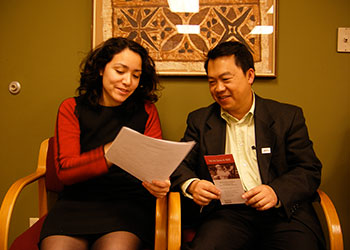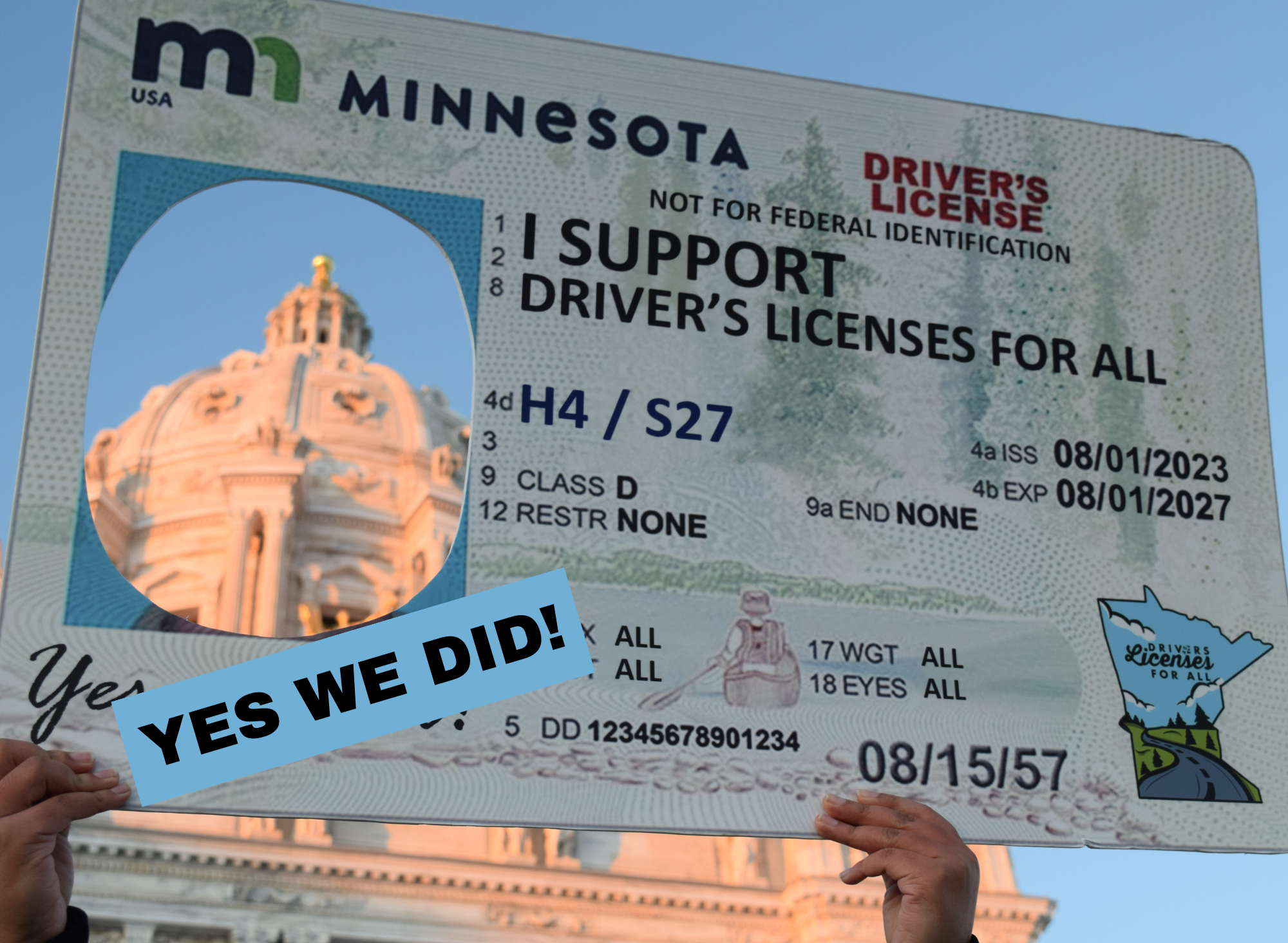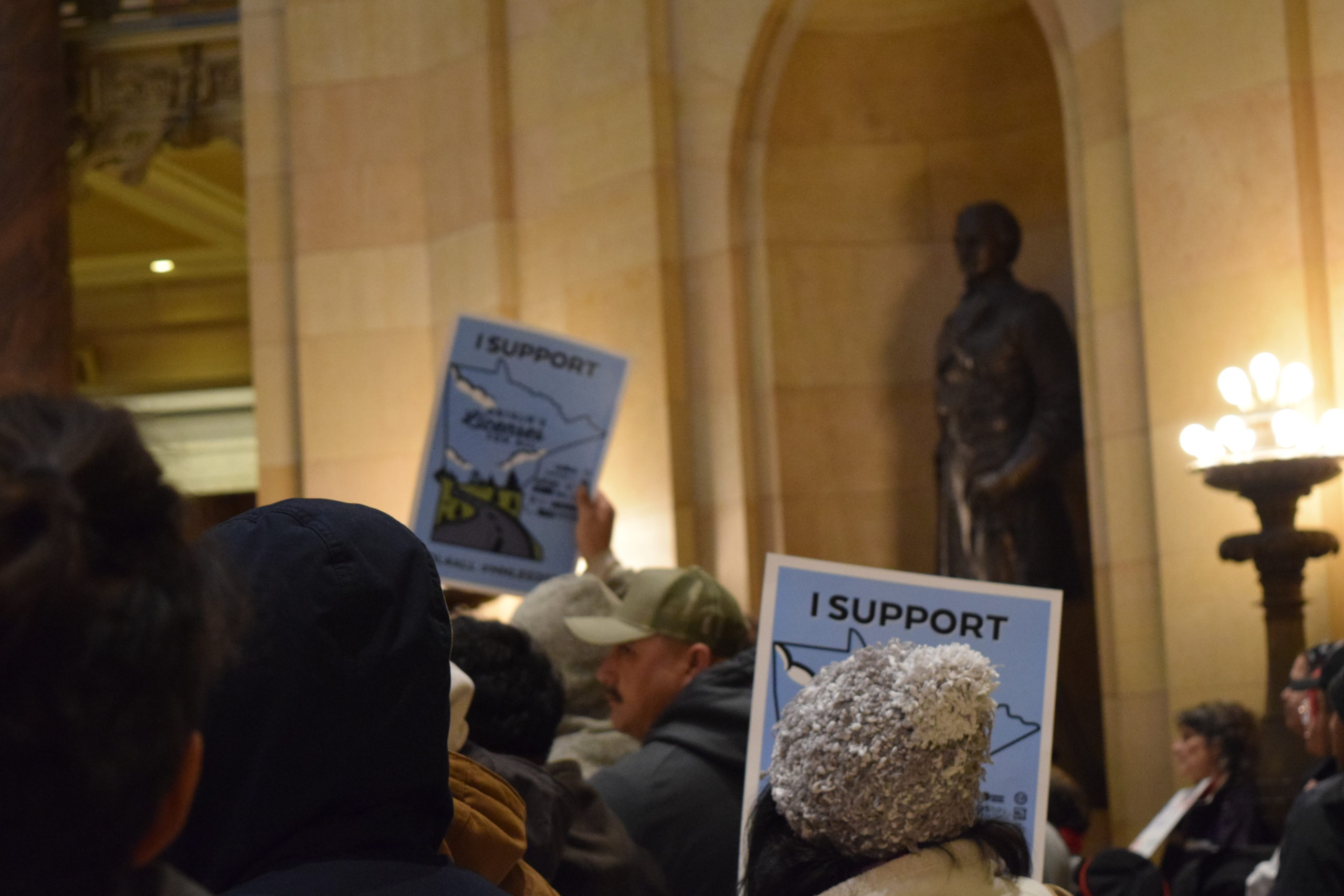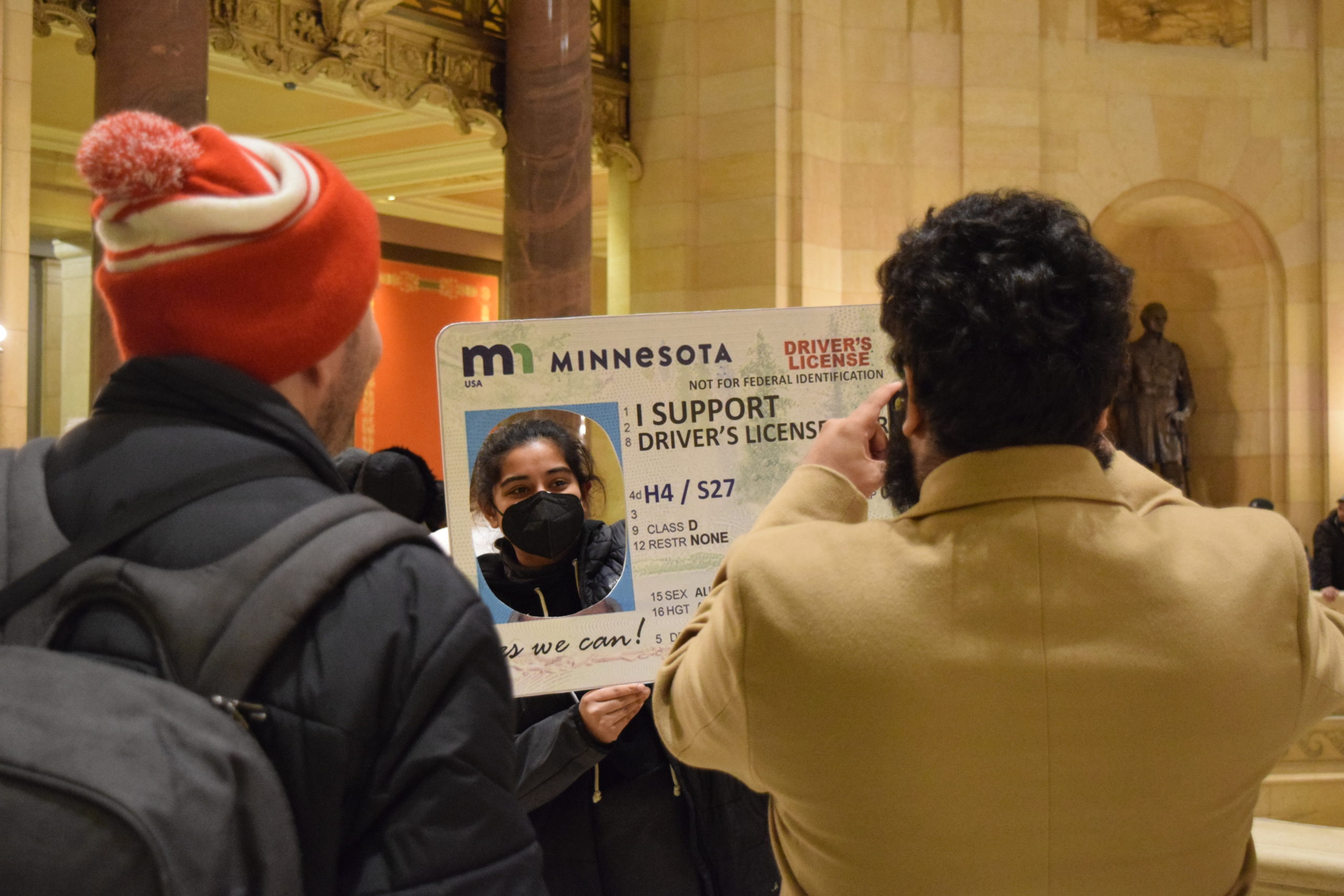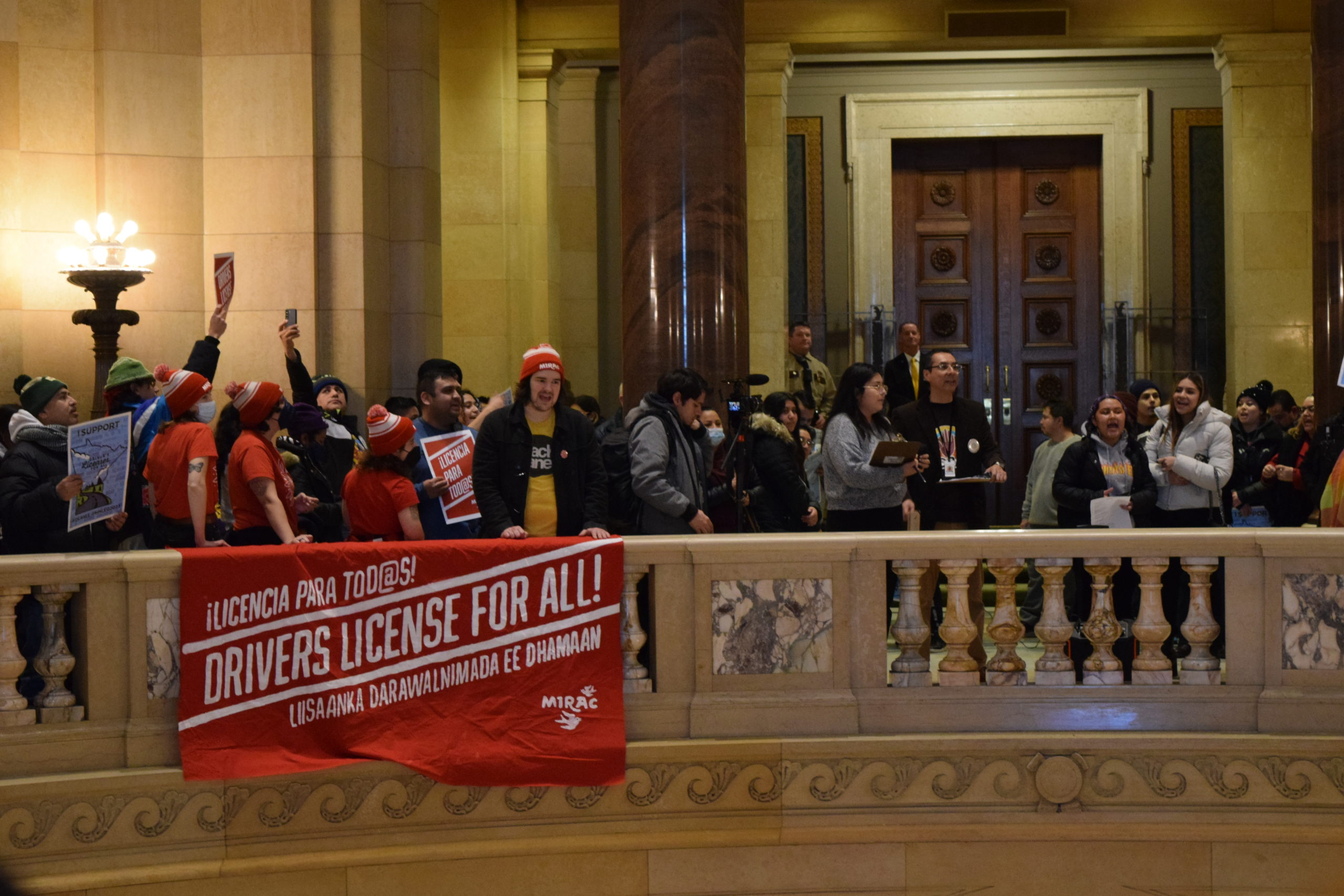¿QUÉ ES UNA FIANZA?
La fianza (bond) es una cantidad que pide inmigración como garantía de que usted se presentará a todas sus audiencias. Es una promesa de que usted irá a todas las citas en la corte y obedecerá las decisiones del juez – incluyendo incluso el ser deportado. Recuerde, salir de detención al pagar una fianza no significa que su caso de inmigración haya acabado. Seguirá teniendo que ir a todas sus citas en la corte. Si se pierde una sola audiencia, probablemente será deportado sin tener la oportunidad de mostrar evidencia al juez o pedir autorización para permanecer en Estados Unidos. El dinero de la fianza será perdido.
ICE normalmente asigna una cantidad de fianza a las personas detenidas sobre las 2:00pm del día que la persona llega a ICE. La cantidad de fianza varía en cada caso. La fianza de inmigración debe ser pagada por completo antes de que la persona pueda ser liberada. El detenido/a normalmente sabe la cantidad de su fianza sobre las 2:00pm y normalmente se le permite llamar a un miembro de su familia para comunicárselo.
¿SOY ELEGIBLE PARA UNA FIANZA?
El detenido/a es elegible para fianza cuando es demostrado que NO es un peligro para la comunidad, y que NO hay riesgo de huida. En algunos casos, el detenido/a no es elegible para fianza debido a ciertas condenas criminales o porque ya ha sido deportado/a en el pasado. En otros casos, ICE rechaza conceder una fianza a personas detenidas que consideran no están cooperando con ellos o respondiendo a sus preguntas. El detenido/a debería comunicar esto a su abogado de inmigración pro bono antes de la audiencia para averiguar si es elegible para una fianza.
CÓMO PEDIR UNA AUDIENCIA DE FIANZA
ICE puede entregar documentos con una cantidad de fianza o las palabras “no bond” (“no fianza”). El detenido/a puede pedir al juez una audiencia de fianza para que considere establecer una fianza o reducir la cantidad establecida por ICE. Hay varias maneras de pedir una audiencia de fianza:
- Diga al juez en su primera audiencia que quiere una audiencia de fianza lo más pronto posible. Las audiencias de fianza son totalmente separadas de las audiencias de deportación, aunque estará presentando su caso de fianza al mismo juez que considera su caso de deportación. Si pide una audiencia de fianza cuando esté en la corte, el juez normalmente le dará una audiencia en los próximos días o semanas. Para pedir esta audiencia debe marcar la siguiente casilla en el documento “Notice of Custody Determination”
[] I do request an immigration judge review of this custody determination
- Escriba una carta al juez pidiendo una audiencia de fianza. Asegúrese de incluir su nombre, número de inmigración (A-number), y su petición de tener una audiencia de fianza lo más pronto posible. Debe enviar esta carta a la dirección: Immigration Court, 1 Federal Drive, suite 1850, Fort Snelling, MN 55111.
Si la audiencia es establecida rápidamente y usted está aún recopilando documentos, puede comunicar al juez que está esperando más cartas y que quiere posponer la audiencia de fianza para tener más tiempo para obtener los documentos que necesita. Esto puede ser una buena idea ya que es mejor estar bien preparado para la audiencia.
QUÉ LLEVAR A UNA AUDIENCIA DE FIANZA:
“Carta de patrocinador”: Este es un documento importante que puede darle al juez. El patrocinador debe ser una persona que conozca al detenido/a y que debe escribir una carta que incluya:
- Relación del patrocinador con la persona detenida.
- Estatus legal del patrocinador (debe ser un ciudadano de Estados Unidos o un residente legal permanente). El patrocinador/a debe adjuntar también una prueba de su estatus en la carta.
- Una dirección donde el patrocinador y el detenido/a vivirán. Debe ser una dirección de una casa o apartamento, no un P.O. Box. El patrocinador debe adjuntar un ejemplo de correo que llegue a esa dirección para demostrar que vive allí. Puede usar una factura de teléfono o electricidad con su nombre y dirección.
- Cómo apoyará al detenido/a si es liberado y cualquier otro factor que indique lazos con la comunidad.
Otros documentos de apoyo: Para prepararse para su audiencia de fianza, es su trabajo recopilar tantas pruebas como sea posible para mostrar al juez que tiene conexiones fuertes con la comunidad y que no cometerá ningún crimen si es puesto en libertad. Estos documentos pueden ser útiles para su caso más allá de la audiencia de fianza. Los siguientes documentos son buena evidencia:
- Cualquier evidencia de ser elegible o de tener un caso sólido contra la deportación (notificación de aprobación de I-130, evidencia de persecución anterior, etc.)
- Prueba de familiares cercanos con estatus legal en Estados Unidos (Certificado de nacimiento de esposo/a, padre/madre, hijos ciudadanos o residentes permanentes)
- Impuestos pagados
- Cartas de apoyo de familiares (incluyendo dibujos de niños) y una copia de la identificación de la persona que escribió la carta
- Cartas de amigos y copia de su identificación
- Cartas de gente que conoce al detenido/a (vecinos, casero, jefe, líder religioso, etc)
- Cartas mostrando involucración en la comunidad (iglesia, voluntariado, etc)
- Carta de parte del detenido/a reflexionando sobre por qué quiere quedarse en Estados Unidos
- Prueba de estar manteniendo financieramente a familia (recibo de renta, manutención de niños, etc)
- Fotos de familia (fiestas de cumpleaños, vacaciones, mascotas, bebés, etc)
- Certificados de programas de rehabilitación
- Panfletos de programas de rehabilitación en el área donde vive (violencia doméstica, abuso de alcohol y drogas, manejo del enfado)
- Documentos de la Seguridad Social
- Evidencia de poseer propiedades
- Certificados, diplomas, premios
- Documentos médicos personales y de la familia
- Certificado de matrimonio
- Prueba de cualquier deuda que tenga (vehículo, medico, hipoteca, etc)
- Prueba de seguro (vehículo, médico, etc)
- Evidencia de servicio en las fuerzas armadas
- Cartas de consejeros o doctores describiendo problemas de salud o el trauma que supondría para el detenido/a ser deportado
Asegúrese de que cada persona que escriba una carta incluya una copia de su identificación con la carta, que puede ser una licencia de manejar, tarjeta de residente permanente, o pasaporte.
Si las cartas no están en inglés, necesitará traducirlas e incluir el “Certificado de traducción” que se encuentra al final de este documento.
Idealmente, debería hacer tres copias de todos los documentos originales. Una copia será para el juez, otra para el abogado del gobierno, y la tercera para usted. Tiene la opción de enviar los documentos al juez por correo, o llevarlos con usted a la audiencia. Si los envía por correo:
1 copia a:
Immigration Court
1 Federal Drive, Suite 1850
Fort Snelling, MN 55111
1 copia a:
Office of Chief Counsel
1 Federal Drive, Suite 1850
Fort Snelling, MN 55111
CÓMO PAGAR UNA FIANZA
Si necesita pagar la fianza, los pagos solo serán aceptados de las siguientes maneras:
- CHEQUE CERTIFICADO POR EL BANCO/ CAJERO
- GIRO POSTAL/BANCARIO (Fianzas por encima de los $10,000 deben ser pagadas con cheque certificado)
Haga UN cheque o giro bancario a: IMMIGRATION AND CUSTOMS ENFORCEMENT
NO se acepta:
- Efectivo
- Tarjetas de crédito
- Cheques personales
- Giros bancarios de una fuente que no sea un banco o U.S. Post Office.
Para pagar una fianza DEBE proporcionar su número de la seguridad social o número de identificación de impuestos (ITIN), además de una identificación (ID) válida.
** Si se presenta con una forma de pago incorrecta, tendrá que regresar con la forma de pago correcta antes de que podamos procesar su petición.
1 Federal Drive suite 1601 – Main Floor
Fort Snelling, MN 55111
Teléfono; 612-843-8600 extensión 5
Horas para pagar fianza: 9:00 AM – 2:00PM
Lunes a Viernes
PREGUNTAS Y RESPUESTAS SOBRE LA AUDIENCIA DE FIANZA:
¿Cómo puedo averiguar la cantidad de fianza de mi familiar?
Normalmente ICE informa al detenido/a. Pero también puede llamar a ICE al 612-843-8600 extensión 5.
¿Quién puede pagar la fianza?
La persona que pague la fianza tiene que ser un Residente Permanente o un ciudadano de Estados Unidos que hable inglés (para poder leer el contrato de la fianza). Debe aportar su identificación y tarjeta de la seguridad social. Nota: la persona que pague su fianza debe ser alguien en quien confíe. Esta persona recibirá el dinero de la fianza al final del caso.
¿Cuál es la forma de pago?
Debe ser un giro postal (que se puede comprar en la oficina de correos) o un cheque de cajero comprado en el blanco. Tiene que ser hecho para: U.S. Immigration and Customs Enforcement.
¿Dónde se paga la fianza?
La oficina de ICE se encuentra en 1 Federal Drive, Suite 1601, Fort Snelling, MN 55111. Las horas son de 9 a.m. a las 3 p.m. Se recomienda llegar pronto, ya que es probable que el detenido/a sea ese mismo día, o máximo el día siguiente. La persona que pague la fianza debe estar preparada para esperar un par de horas mientras el pago es procesado.
¿Es posible pedir una fianza más baja?
Cuando un detenido/a tiene su primera audiencia en la corte de inmigración, puede pedir al juez que reduzca su fianza. A veces el juez la reducirá un poco, dependiendo en factores como historia criminal, y si el detenido/a cumple los requisitos para algún remedio legal. Normalmente hay abogados voluntarios en la corte, y pueden ayudarle a preguntar al juez por una reducción de la fianza. Probablemente el detenido/a estará en custodia durante alrededor de diez días antes de poder ver a un juez y pedir una reducción. Frecuentemente la cantidad no es significativa.
¿Por qué ICE rechazó darme una fianza?
En algunos casos, la persona detenida no es elegible para fianza, debido por ejemplo a ciertas condenas criminales, o porque ya ha sido deportado/a en el pasado. En otros casos, ICE rechaza conceder una fianza a personas detenidas que consideran no están cooperando con ellos o respondiendo a sus preguntas. El detenido/a debería comunicar esto a su abogado de inmigración pro bono antes de la audiencia.
¿Recuperaré el dinero de la fianza?
La fianza será devuelta con intereses si el detenido/a coopera, incluso si el resultado es finalmente negativo.
¿Qué es el Intensive Supervision Appearance Program (ISAP)?
ISAP es un programa por el cual ICE realiza visitas a la casa y requiere que la persona se presente en la oficina de ISAP periódicamente.
¿Cuáles son las ventajas de pagar la fianza?
La persona no tendrá que permanecer en detención. Tendrá más tiempo para revisar sus opciones y reunirse con un abogado/a, ya que la corte va más despacio cuando la persona está fuera de detención. Mientras que la persona se presente a todas las audiencias en corte y cumpla las órdenes del juez, el dinero de la fianza será devuelto al final del proceso de la corte (en algunos casos, esto puede llevar varios años).
COMPAÑIAS PARA PAGAR LA FIANZA
Immigrant Law Center of Minnesota no está asociado con estas agencias en cualquier manera. Las empresas en la lista probablemente le van a cargar por sus servicios. Es su responsabilidad preguntar y entender los términos de los acuerdos con la empresa.
Action Immigration Bail Bonds
1-800-940-8889
www.immigration-bail-bonds.com
Ft. Lauderdale, FL
Federal Immigration Bonding
612-388-1356 (Twin Cities)
www.immigrationbonding.com
Serbus Bonds
Terry Serbus
320-523-2427
877-325-3363
www.serbusbonds.com
CERTIFICADO DE TRADUCCIÓN
Importante: Este documento es una traducción al español para su orientación. Sin embargo, debe entregar el documento “Certificate of Translation” en inglés que se encuentra a continuación.
Yo, ____________________ , bajo pena de perjurio, declaro lo siguiente como cierto y correcto según mi mejor conocimiento y habilidad.
- Que hablo y escribo el idioma inglés y español.
- Que soy competente para traducir del español al inglés y del inglés al español.
- Que traduje el documento adjunto del español al inglés.
- Que mi interpretación fue completa y precisa según mi mejor conocimiento y habilidad.
Firmado ____________________________________
Firma del traductor
El día _____ de _________ 201_
CERTIFICATE OF TRANSLATION
I, ____________________ , being first duly sworn and under penalty of perjury, declare the following to be true and correct to the best of my ability:
- That I am fluent in both English and Spanish.
- That I am competent to translate from Spanish into English and from English into Spanish.
- That I translated the attached document from Spanish into English.
- That my interpretation was complete and accurate to the best of my knowledge and ability.
Signed ____________________________________
Signature of translator
This _____ day of ______ 201_

